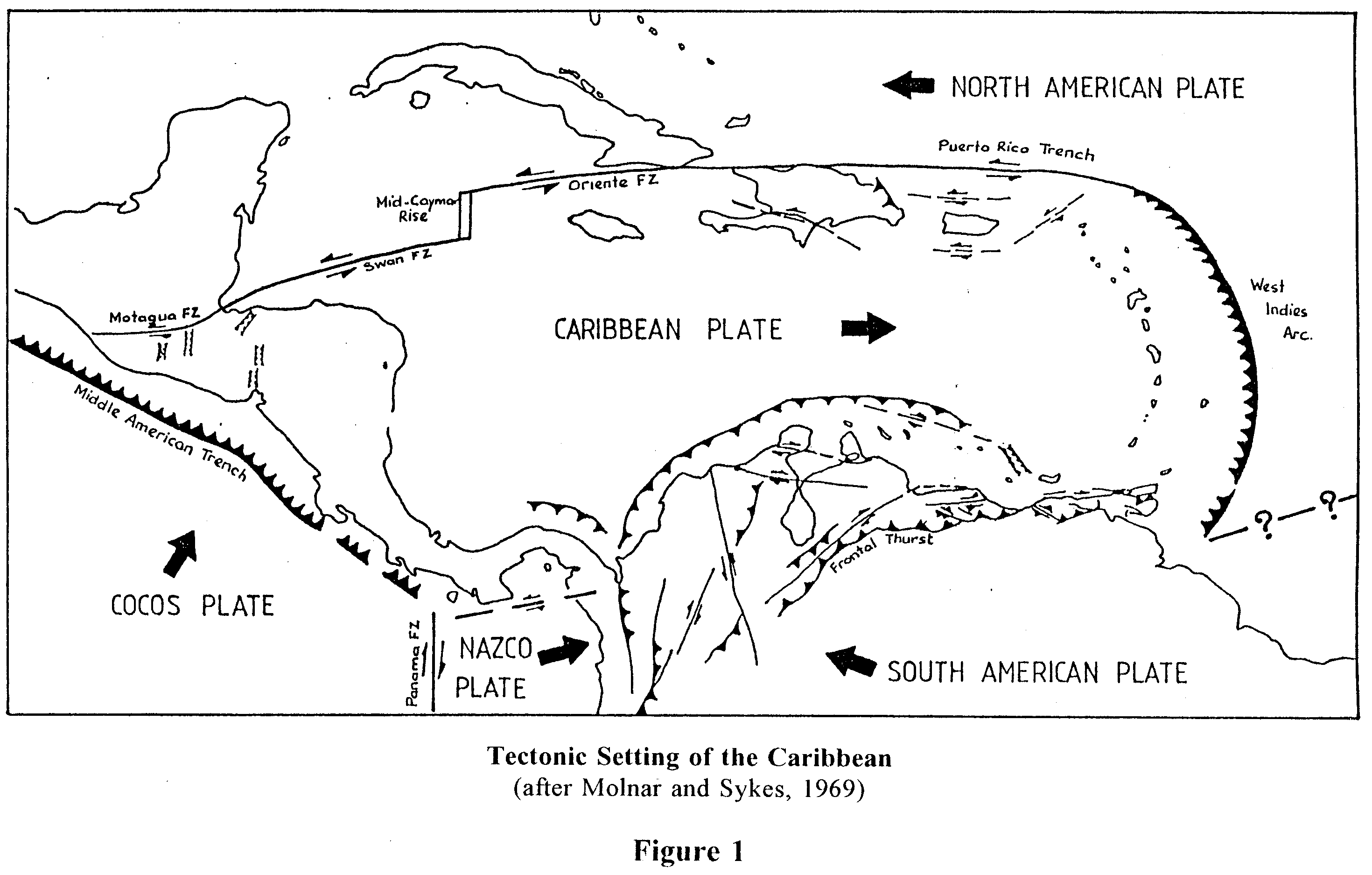Really? I thought they sat on the Caribbean plate.ScubaCrash:They all sit on the same tectonic plate (south american plate) as well.
You are using an out of date browser. It may not display this or other websites correctly.
You should upgrade or use an alternative browser.
You should upgrade or use an alternative browser.
To What Geographic Continent do the ABC Islands Belong?
- Thread starter drbill
- Start date
Please register or login
Welcome to ScubaBoard, the world's largest scuba diving community. Registration is not required to read the forums, but we encourage you to join. Joining has its benefits and enables you to participate in the discussions.
Benefits of registering include
- Ability to post and comment on topics and discussions.
- A Free photo gallery to share your dive photos with the world.
- You can make this box go away
drbill:Ah, picky, picky, picky, my friend Walter! Of course you are right. Likewise my own Santa Catalina is not part of the North American continent, but it is considered a North American dive site. Neither Catalina nor the ABC islands are considered oceanic, so they do have an affiliation geologically. I did say which continent were the islands associated with, not which they were a part of.
You are correct, Santa Catalina is not part of North America. It is, however, part of California and the US. Politically, it's part of North America, geographically, it is not even though it is about half the distance from North America as Bonaire is from South America. Also, from a practical standpoint, if I want to travel to Santa Catalina, I must go through California (yes, it's possible to come across the ocean, but not practical), while if I'm traveling to Bonaire (which I am in 11 days), I will not go through South America. Why the need to attach them to a continent?
Kim, your information does suggest they might be more oceanic than continental.
Walter, the "need" to attach the ABC Islands to a continent is merely to determine whether diving there would be considered a South American dive.
Now as to the controversy... I contacted National Geographic about this question some two years ago. They steadfastly claimed Bonaire was NORTH American. Go figure.
Looks like I'll dive Los Roques to be safe.
Walter, the "need" to attach the ABC Islands to a continent is merely to determine whether diving there would be considered a South American dive.
Now as to the controversy... I contacted National Geographic about this question some two years ago. They steadfastly claimed Bonaire was NORTH American. Go figure.
Looks like I'll dive Los Roques to be safe.
drbill:Walter, the "need" to attach the ABC Islands to a continent is merely to determine whether diving there would be considered a South American dive.
What difference does it make. I'm missing something, is it an attempt to dive different continents?
drbill:Now as to the controversy... I contacted National Geographic about this question some two years ago. They steadfastly claimed Bonaire was NORTH American. Go figure.
That is odd, but since Central America is on the Caribbean plate and Central America is part of North America..........OTOH, Santa Catalina is on the Pacific plate......
You hit the nail on the head, Walter. After deciding nearly $6,000 was too much to spend to dive the Galapagos (which does count as a South American dive site), I'm once again looking at more reasonable options in my quest to dive the seven continents. A life's goal for me.
- Messages
- 22,171
- Reaction score
- 2,803
- # of dives
- 5000 - ∞

Don't think Galapagos is South America, that's the Nazca plate. ABC are on the South American Plate.drbill:You hit the nail on the head, Walter. After deciding nearly $6,000 was too much to spend to dive the Galapagos (which does count as a South American dive site), I'm once again looking at more reasonable options in my quest to dive the seven continents. A life's goal for me.

ScubaCrash
Guest
Kim:Really? I thought they sat on the Caribbean plate.
That could very well be. I used the same color map Thal used in his post, and did a bit of extrapolation of where the ABCS are relative to the plate boundaries. It's close (geologically speaking)
I'd suggest Lake Titicaca. It's clearly South American.
Thalassamania:ABC are on the South American Plate.
How can you tell? The line is wider than the islands. The references I checked say the boundry is ill defined.
- Messages
- 22,171
- Reaction score
- 2,803
- # of dives
- 5000 - ∞
They appear to be on the fragment that is north of the "Frontal Thrust" of the South American Plate and south of the Caribbean Plate. I called a friend of mine at the USGS and asked what the name of that fragment is and he says that it's thought to be part of the South American Plate, but, (as you know) it is "ill defined."Walter:How can you tell? The line is wider than the islands. The references I checked say the boundry is ill defined.
Similar threads
- Replies
- 30
- Views
- 6,587
- Replies
- 8
- Views
- 4,964
Trip Report
Bonaire - October 4 to November 14 2022
- Replies
- 13
- Views
- 4,008



